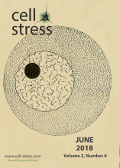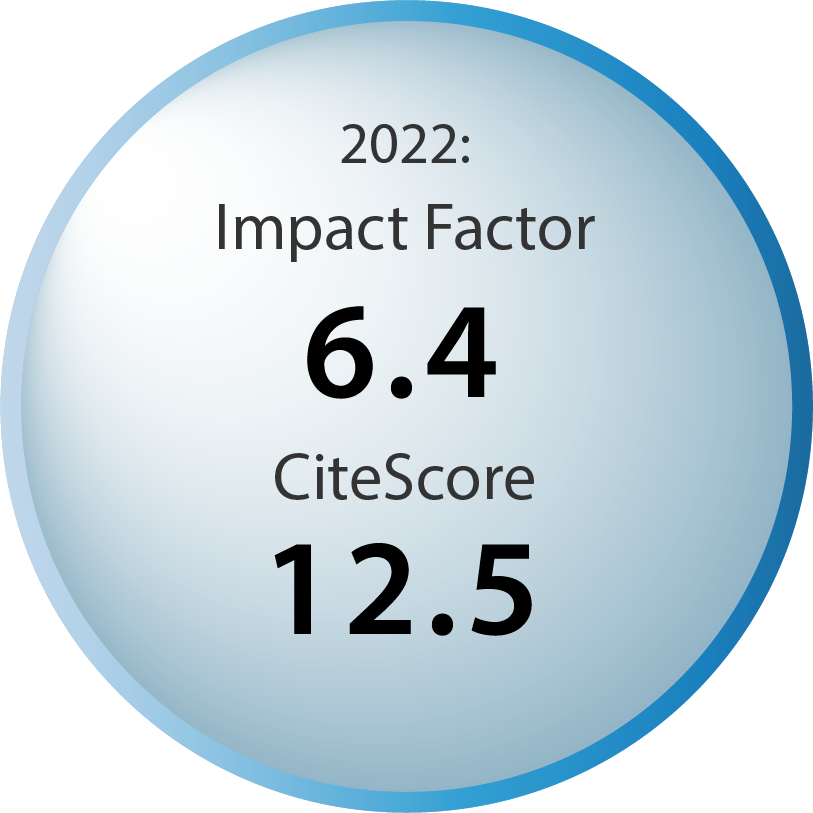Table of contents
Volume 2, Issue 6, pp. 122 - 149, June 2018
Membrane closure in stress induced-autophagosome formation
Eiji Morita
News and thoughts | page 122-124 | 10.15698/cst2018.06.138 | Full text | PDF |
Nucleolar Stress: hallmarks, sensing mechanism and diseases
Kai Yang, Jie Yang and Jing Yi
Reviews | page 125-140 | 10.15698/cst2018.06.139 | Full text | PDF | Abstract
Striatal dual cholinergic /GABAergic transmission in Parkinson disease: friends or foes?
Natalia Lozovaya, Yehezkel Ben-Ari and Constance Hammond
Microreviews | page 147-149 | 10.15698/cst2018.06.142 | Full text | PDF | Abstract
By continuing to use the site, you agree to the use of cookies. more information
The cookie settings on this website are set to "allow cookies" to give you the best browsing experience possible. If you continue to use this website without changing your cookie settings or you click "Accept" below then you are consenting to this. Please refer to our "privacy statement" and our "terms of use" for further information.



